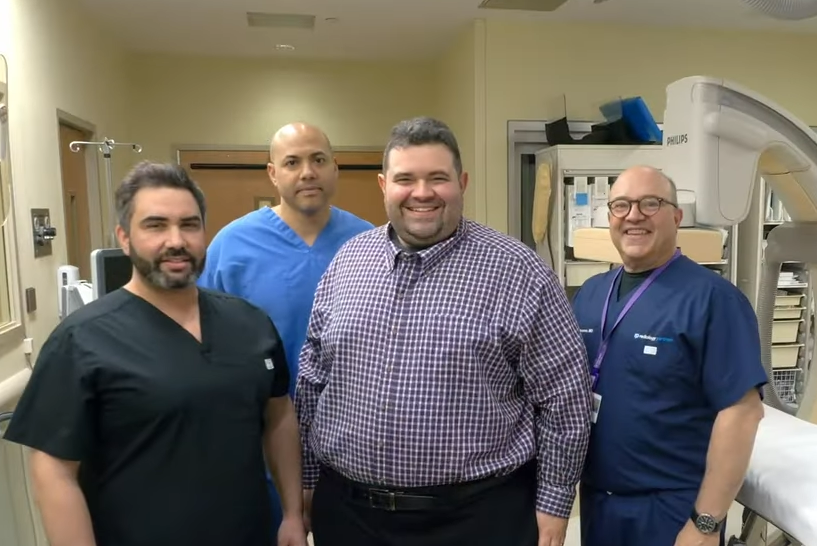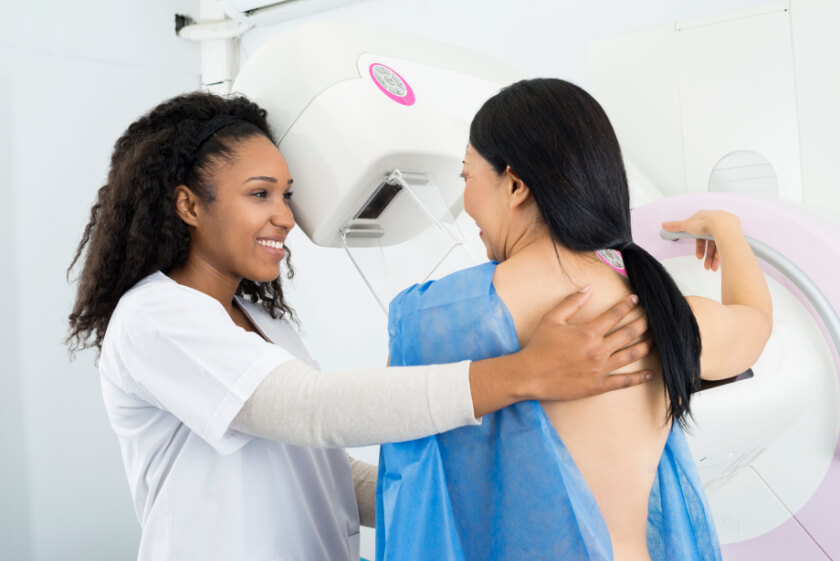What is chronic venous disease?
Sometimes called chronic venous insufficiency or CVI, chronic venous disease is a condition that develops when the veins – the blood vessels designed to help blood move from the extremities back to the heart – begin to malfunction, interfering with the normal flow of blood and causing blood to collect and “pool up” inside the veins in a condition known as stasis. In a healthy circulatory system, the veins work to move blood back to the heart using a series of tiny valves located inside the veins. These valves work in concert, opening and closing to keep blood flowing in one direction – back toward the heart and lungs where blood can receive oxygen and other nutrients before being pumped back into the rest of the body by the arteries. Sometimes, though, these valves malfunction, resulting in malfunctioning that interferes with normal, healthy circulation.
What are the symptoms of chronic venous disease?
The symptoms of chronic venous disease can vary from one person to another based on the extent of the disease. Most commonly, CVI occurs in the legs, but less often it may affect the arms. Some of the most common symptoms include:
- swelling in the ankles and lower legs or arms
- feelings of fatigue in the legs or arms
- varicose veins or broken capillaries
- skin that looks or feels “leathery”
- itchiness that may be accompanied by flaking skin on the affected areas
- sores or ulcers
What causes chronic venous disease?
CVI is more common as we age, occurring often as a result of wear and tear on the vein valves. Spending long periods of time standing or sitting can also cause CVI to develop by increasing the pressure and forces on the valves, eventually resulting in damage and malfunction. Sometimes, a blood clot can form deep inside the leg in a condition called deep vein thrombosis (DVT). Tumors and structural defects inside the vessels can also result in impaired blood flow and CVI. People with a family history of CVI, DVT or varicose veins are also more likely to develop CVI, and other risk factors include obesity, smoking and sedentary lifestyle.
How is chronic venous disease diagnosed?
The first step in diagnosing CVI is to have a comprehensive examination. An imaging technique called duplex ultrasound plays an instrumental role in diagnosing and managing chronic venous disease, providing important information about blood flow and circulation in your extremities. During the ultrasound exam, a small handheld device called a transducer is passed along the length of the vein, bouncing sound waves off the vein and producing videos and still images of the vein and the blood as it courses through the vein and valves. Once the cause of chronic venous disease is diagnosed, a treatment plan can be developed based specifically on your medical needs, the extent of your disease and your lifestyle factors for the best possible outcome.





